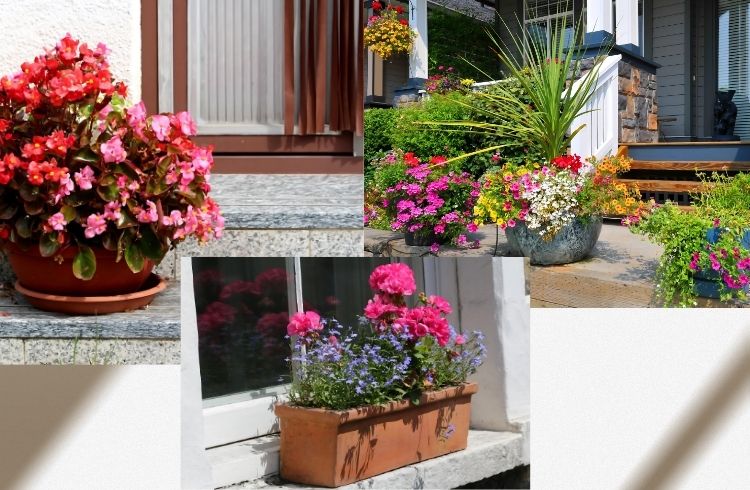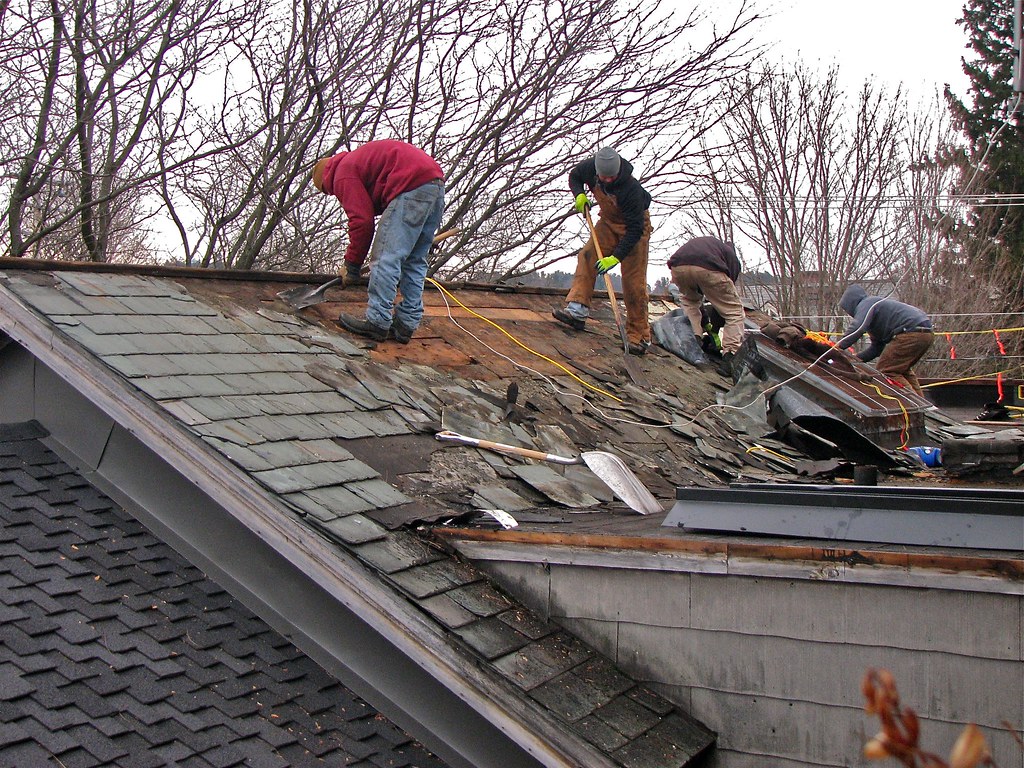Enhance your home’s curb appeal by creating an inviting and stylish front porch with the perfect accents—front porch planters. Whether you want a lush, greenery-filled entryway or vibrant seasonal blooms, planters offer a versatile and customizable solution. This comprehensive guide covers how to choose, arrange, and maintain front porch planters to transform your space into a welcoming oasis.
Why Choose Front Porch Planters?
Front porch planters offer unmatched flexibility to complement any design style. They provide key benefits that elevate your home’s entrance.
Aesthetic Value
Planters introduce texture, color, and varying heights to your porch décor, instantly boosting its visual charm and curb appeal.
Seasonal Adaptability
Easily refresh your porch’s look by rotating plants as the seasons change. Front porch planters let you adapt your greenery and blooms throughout the year for continuous appeal.
Easy Maintenance
With proper drainage and smart plant choices, porch planters require minimal effort to keep vibrant, making them perfect for busy homeowners.
Choosing the Right Planters
Your choice of planters impacts not only style but also the health of your plants. Consider material, size, and design to match both your porch’s architecture and functional needs.
Material
Popular planter materials include ceramic, terracotta, wood, metal, and plastic. Clay options like ceramic and terracotta exude natural charm but need careful handling. Wooden planters add rustic warmth, while metal and plastic varieties provide durability and sleek modern appeal.
Size
Select planter sizes proportional to your porch space. Small containers work beautifully in grouped clusters or along steps, while larger planters frame doors or pathways for a bold statement.
Style
Complement your home’s architectural style: minimalist, modern planters suit contemporary residences, whereas ornate or vintage-style containers enhance traditional homes.
Top 10 Front Porch Planter Ideas
Tiered Planters for Vertical Appeal
Maximize vertical space by stacking different-sized pots or using tiered stands. It’s ideal for compact porches and adds a lush, layered effect.
- Plants: Succulents, ferns, cascading flowers such as petunias or ivy.
Matching Planters Flanking the Door
Create balanced symmetry with identical planters on both sides of the front door, offering a formal and inviting entrance.
- Plants: Boxwoods, neatly trimmed topiaries, flowering shrubs like hydrangeas or roses.
Rustic Wooden Barrels
Add a cozy farmhouse or country vibe by using wooden barrels filled with colorful and textured plants.
- Plants: Marigolds, lavender, ornamental grasses.
Hanging Planters for a Floating Garden
Perfect for porches with limited floor space, hanging planters suspended at different heights create a mesmerizing floating garden effect.
- Plants: Trailing varieties like ivy, fuchsias, string of pearls.
Seasonal-Themed Planters
Celebrate each season by swapping out plants and decor. Think pastel flowers in spring, pumpkins and mums in fall, and evergreens with festive lights in winter.
- Plants: Chrysanthemums for autumn, tulips and daffodils in spring, evergreen shrubs in winter.
Tall and Slim Planters
Add a contemporary flair with tall, narrow planters that bring sleek lines and sophistication to your porch design.
- Plants: Bamboo, ornamental grasses, tall blooms like gladiolus.
Herb Planters
Combine beauty and functionality with herb-filled planters that provide fresh flavors at your doorstep.
- Plants: Basil, rosemary, thyme, mint.
Recycled or Repurposed Containers
Show your creativity with unique planters made from old crates, metal tins, or vintage sinks, adding character and personality to your porch.
- Plants: Hardy succulents, vibrant zinnias.
Window Box Planters
Install window boxes near your porch to add elegance and a cohesive flow between your porch and home exterior.
- Plants: Geraniums, petunias, cascading vines such as creeping Jenny.
Cluster of Mixed Planters
Mix different sizes, shapes, and materials for an eclectic and dynamic planter display that adds depth and vibrancy to your porch.
- Plants: Tall yucca, bushy begonias, trailing sweet potato vines.
Maintaining Your Porch Planters
Keep your front porch planters thriving with these essential care tips:
- Watering: Understand your plants’ moisture needs and water accordingly. Ensure planters have proper drainage to prevent root rot.
- Pruning and Deadheading: Regularly trim overgrown foliage and remove dead flowers to stimulate healthy growth and maintain aesthetics.
- Fertilizing: Apply a balanced fertilizer during the growing season according to your plants’ requirements to provide necessary nutrients.
Conclusion
Front porch planters offer an effortless way to boost your home’s entrance with personality, style, and vibrant natural beauty. By carefully selecting planter styles and plants that suit your space and taste, you can create a welcoming atmosphere and increase curb appeal year-round. Whether you prefer lush evergreens or colorful seasonal flowers, porch planters provide endless opportunities to personalize your home.
For more information about “Customized Landscaping Designs: Bringing Your Outdoor Vision to Life,” be sure to visit our “Home Improvement” category.
Frequently Asked Questions (FAQs)
Containers at least 12 inches wide make a significant visual impact while allowing enough space for comfortable entry. For small trees and shrubs, planters should be at least 16 inches wide to support healthy root growth.
Fill your planter with high-quality potting soil suited for your plant types. After planting, top the soil with decorative stones, pebbles, or bark chips to retain moisture, minimize evaporation, and enhance the planter’s appearance.
Choose pots in horticulturally neutral colors—such as white, silver, chartreuse, green, or deep purple—to complement diverse plants and maintain a harmonious, elegant look.
Watering frequency depends on plant type and weather, but most porch planters require watering when the top inch of soil feels dry. Ensure water drains well to avoid soggy soil conditions.
Many planters can remain outdoors year-round if they are weather-resistant and plants are suitable for your climate. However, consider rotating seasonal plants or moving sensitive species indoors during harsh winter months.



